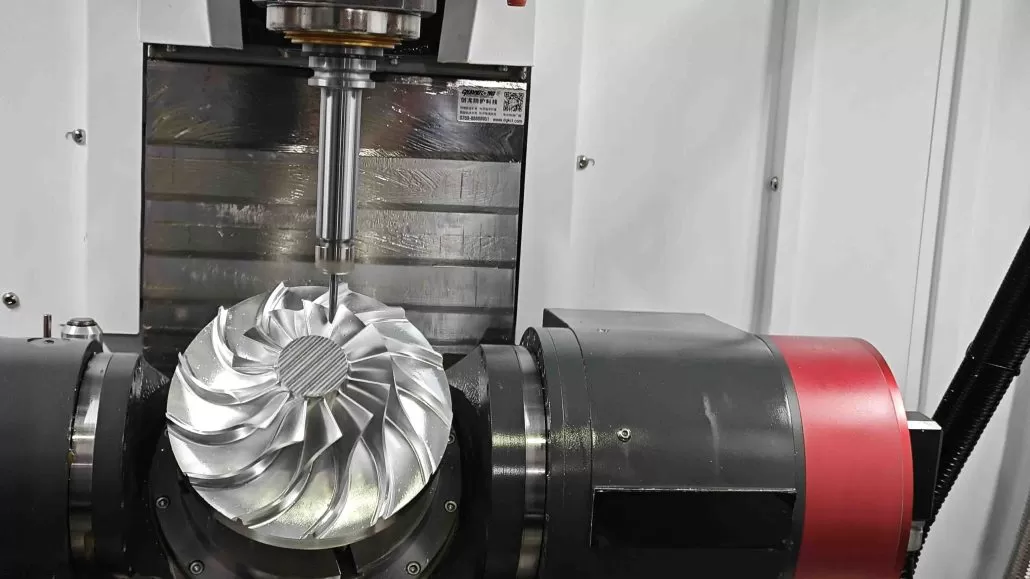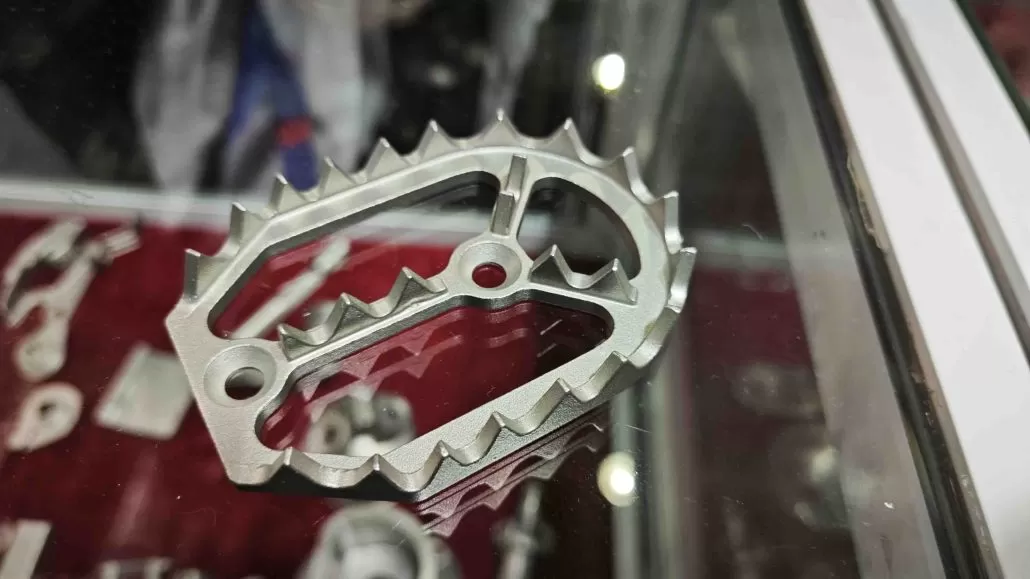CNC machining is one of the most popular and reliable manufacturing methods for prototyping. It provides numerous advantages over traditional manufacturing methods, making it an ideal choice for creating high-quality, functional prototypes.
One of the most significant advantages of CNC machining for prototyping is its accuracy and precision. CNC machines can produce parts with a high degree of accuracy and precision, ensuring that the parts produced are of the highest quality. This is particularly important during the prototyping phase when testing and evaluation are critical. By using CNC machining, you can ensure that your prototypes are functional and reliable, making it easier to iterate and improve your designs.

Moreover, CNC machines can produce parts quickly, allowing for rapid iteration and testing during the prototyping phase. This is because CNC machines can produce parts in a matter of hours, compared to days or weeks for other manufacturing methods. This speed is essential when developing new products, as it enables you to test and evaluate your designs quickly.
In addition to this, CNC machining can work with a wide range of materials, including metals, plastics, and composites, making it a versatile option for prototyping. This means that you can use CNC machining to create parts from a variety of materials, depending on the needs of your project. The ability to work with different materials also means that you can create prototypes that closely match the final product, giving you a better idea of how the final product will look and function.
Another significant advantage of CNC machining for prototyping is its ability to create parts with a high level of consistency. This means that each part produced will be identical, ensuring that the testing and evaluation process is accurate and reliable. Consistency is essential during the prototyping phase, as it allows you to identify any design flaws or issues that may arise during testing.
Furthermore, CNC machining can create parts with high levels of complexity that are not possible with other manufacturing methods. This ability to produce intricate and detailed parts makes CNC machining an excellent choice for prototyping. With precision CNC machining, you can create parts with complex geometries, tight tolerances, and intricate features that are difficult or impossible to achieve with other manufacturing methods.

CNC machining is an eco-friendly method for prototyping. The production process of CNC machining involves minimal waste, making it an eco-friendly option for prototyping. The machines are computer-controlled, and the cutting process is precise, which reduces the amount of scrap material generated. The use of sustainable materials and processes is becoming increasingly important, and CNC machining is an excellent option for those looking to create environmentally friendly prototypes.
Finally, CNC machining is cost-effective for prototyping. It may seem expensive initially, but it can save you money in the long run. CNC machines are capable of producing parts with high levels of accuracy and precision, which means that there are fewer errors and less waste. This, in turn, can help reduce production costs and increase efficiency.
In conclusion, CNC machining is an excellent option for prototyping due to its accuracy, precision, speed, versatility, consistency, eco-friendliness, and cost-effectiveness. Whether you are developing a new product or improving an existing one, CNC machining can help you create high-quality prototypes quickly and efficiently. By using CNC machining for your prototyping needs, you can save time and money while ensuring that your prototypes are functional, reliable, and of the highest quality.


